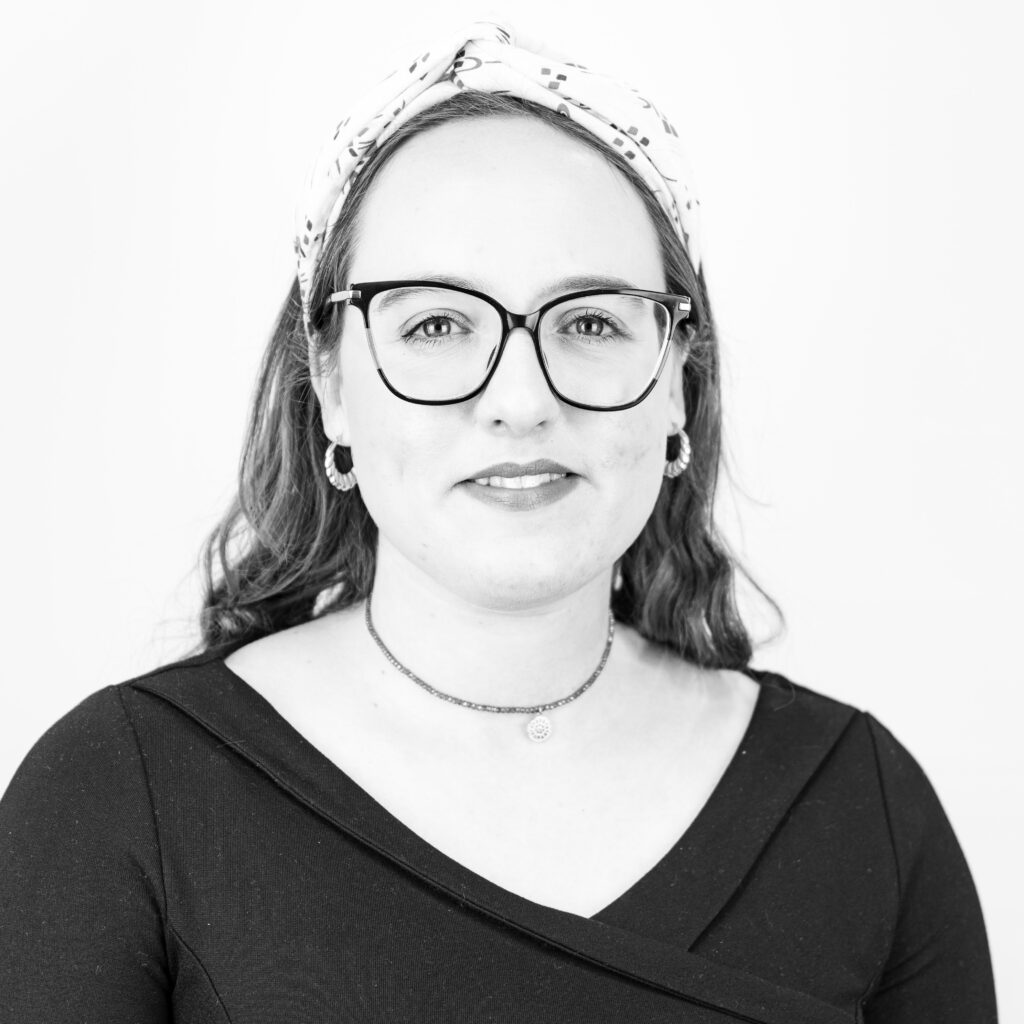Chances are you’ve been to a museum in a foreign-speaking country, yet still managed to find an exhibition brochure or audio guide in English. Sure enough, catering to visitors who don’t speak your language is a frequently adopted best practice. Exhibitions at the Van Gogh Museum, for instance, are available in two languages. The Louvre provides its visitor materials in six. As for Westminster Abbey, it’s a whopping 14 languages!
The long and short of it is that visitors best connect with a site, artwork or artefact when they can read about it in their mother tongue. And the more engaged a visitor is, the more likely they are to enjoy – and ultimately recommend – the experience and make a retail purchase, which is vital to help keep our amazing venues thriving.
In this article, qualified translator Laura Germaney, of First Edition Translations, explores the benefits of investing in good translation, and what to look out for and consider when commissioning translation.

Speaking Your Visitors’ Language
This is where translation comes in, and it all starts with your website as your modern-day shopfront. Can foreign-speaking visitors (and that does not necessarily mean overseas) easily read how and when they can reach your venue? Can they purchase tickets in their native language? In-depth research from 2020 revealed that 76% of online shoppers prefer to buy products with information in their native tongue, with 40% never buying from websites in another language. So just by translating your website content, you can already unlock doors of opportunity. It does not have to stop there, of course. Other materials commonly translated include pamphlets, exhibition books, audio guides, digital apps and wall texts.
Who to Trust with Your Content
Keen to step onto the international stage, but don’t know where to look for help? Knowing who to turn to is hard, especially if you don’t speak the lingo yourself. A word to the wise: Your colleague who speaks un poco español is not the right port of call. Here are a few ‘green flags’ of a reliable translation provider:
- Industry norms: There are a number of standards that testify a language service provider (LSP) takes it work seriously. Two major ones are ISO 17100:2015 for translation services and ISO 9001 for quality management.
- Memberships: It’s always a good sign if your translation provider adheres to industry organisations. Two key bodies in the UK are the Institute of Translation and Interpreting (ITI) and the Association of Translation Companies (ATC). Look out for their logos on your translation company’s website.
- Experience: As much as I’d love for us to shout from the rooftops about every single project, confidentiality means we can’t disclose all the work we do, but we can share snippets. Check out the translation company’s website and look for client testimonials, use cases and how long they’ve been on the market. Lengthy experience and happy customers are always a positive indication.
- Undefined pricing: Bear with me on this one – I know this sounds odd. But if you see an agency promoting a fixed pricing for all language services from A to Z, it is quite possibly pie-in-the-sky marketing to lure you in. In the same vein, it’s also wise to consider the adage of “buy cheap, buy twice”. To give you a reliable translation quote, we need to have an idea of the languages, text length, timeline and format (printed, digital, video, audio) involved.
- A face to a name: This admittedly isn’t specific to translation. As far as I see it, I want to know who I am dealing with. That way, I can have an open, personal discussion about what exactly my objectives are and how I can best achieve them. See if the agency has a team page on their site where you can explore staff member profiles. I’d take tailored service with a human touch over AI chatbots any day.
Translation as an Investment
All in all, it’s important to not look at translation as a cost factor, but as an investment. Engaging with foreign-speaking audiences helps to secure a reputation on the international stage and tap into huge opportunities – just think of how many, say, Chinese and Arabic speakers there are globally and in the UK.
It’s sensible to take your time and think about what audiences you’d like to address. If budget limitations pose an issue, you can be selective about what content you’d like to translate. When it comes to choosing a translation provider, make sure to check out their credentials and have an open, frank discussion about what you hope to achieve. Done properly, translation is a very useful tool for boosting visitor numbers, increasing secondary spend, and enhancing your venue’s reputation.
About First Edition Translations
In the localisation business since 1981, First Edition is a proud founder member of the Institute of Translation and Interpreting. Over the years, we’ve built up a vast pool of trusted linguists who specialise in translating cultural content. So when a client sends us a 13th century explorer’s manuscripts or abstract prose penned by Picasso (genuine examples!), we have exactly the right person in mind.
Our fabulously organised and multilingual project management team works with a whole range of art galleries, museums, and heritage sites to bridge language gaps and expand outreach. For Cultural Enterprises members, we offer a free and no-strings-attached consultation, where we discuss your pain points, goals and how you can attract visitors from across the globe. To round things off, we also offer a discount on the first order placed.
